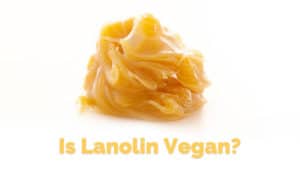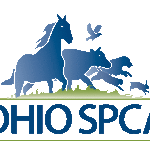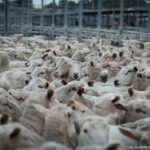As the world becomes increasingly conscious of animal welfare, the ethics surrounding the use of animal-derived ingredients warrant careful scrutiny. Among these ingredients lies lanolin, a waxy substance derived from sheep’s wool that has found a home in numerous cosmetics and skincare products. To assess whether lanolin is cruelty-free, one must delve into its origins and consider viable alternatives that align with a compassionate ethos.
Lanolin, also known as wool wax or wool grease, is a natural secretion produced by the sebaceous glands of sheep. This oily substance helps to maintain the integrity of their fleece while providing a waterproof barrier against the elements. When shearing occurs, sheep are typically left with a plentiful supply of lanolin that can be harvested without any direct harm to the animals. This process leads many to assume that the use of lanolin is ethical, as it is a byproduct of wool production rather than a direct means of exploitation.
However, this assumption can be disconcerting when one considers the broader implications of wool production. The sheep industry has long been criticized for various practices that can be categorized as inhumane. For instance, the process of shearing, while necessary for the sheep’s health, is often performed in a hurried and rough manner that risks injury and undue stress to the animals. Additionally, the practice of mulesing, which involves the removal of skin around the sheep’s breech area to prevent fly strikes, is a contentious issue. This practice is still widely employed in Australia, leading to significant animal welfare concerns.
In light of these ethical dilemmas, one might question whether lanolin truly remains a cruelty-free ingredient. The answer is not straightforward; the reliance on wool-derived products inevitably ties consumers to an industry rife with ethical controversies. While sheep may not be killed outright for lanolin, the welfare of these animals across the wool production spectrum cannot be overlooked. Thus, consumers seeking cruelty-free and vegan-friendly options may wish to explore alternative ingredients that do not involve animal exploitation.
Fortunately, the cosmetic industry has made significant advancements in recent years, unveiling a plethora of plant-based alternatives to lanolin. For instance, plant oils such as jojoba oil and sunflower oil mimic lanolin’s emulsifying properties effectively. Jojoba oil, in particular, is favored for its similarity to the natural oils produced by human skin, making it an excellent emollient that hydrates without clogging pores.
Another noteworthy substitute is shea butter, which, extracted from the nuts of the shea tree, provides a rich, creamy texture ideal for skin hydration. It is also replete with vitamins A and E, offering additional skincare benefits that lanolin lacks. Furthermore, from a sustainability perspective, plant-based alternatives often have a lower environmental footprint compared to animal-derived components, allowing consumers to make choices that benefit both their skin and the planet.
For those who appreciate the unique properties of lanolin but wish to avoid animal exploitation, synthetic alternatives have emerged. Many companies are now developing bio-synthetic ingredients that replicate the function of lanolin without any animal involvement. These innovations represent a promising shift toward more ethical cosmetic formulations that maintain efficacy while adhering to cruelty-free principles. The intersection of biotechnology and skincare heralds a new era in which consumer ethics can coalesce seamlessly with product performance.
It is essential to recognize that the push for cruelty-free alternatives extends beyond mere ingredient substitution. It encourages a broader reexamination of consumer habits and the values that underpin them. In a marketplace flooded with products, consumers wield considerable power to champion ethical practices by opting for items that are transparently labeled and free from animal-derived components. Shifting perspectives about animal welfare can ignite a ripple effect throughout industries, prompting companies to innovate and reformulate based on consumer demand for compassion.
Moreover, awareness about the effects of animal agriculture on the environment is gaining momentum. The production of wool not only raises animal welfare concerns but also contributes to biodiversity loss and climate change. Transitioning to cruelty-free products aligns not only with the ethical treatment of animals but also with broader environmental sustainability goals. In this sense, choosing vegan alternatives is not simply a matter of personal preference; it is a stance that intertwines animal rights with ecological responsibility.
In conclusion, while lanolin may be perceived as a benign byproduct of sheep shearing, its ethical implications are far more complex. The sheep industry’s practices raise critical questions about the assumptions surrounding wool commodities. As the demand for cruelty-free and vegan products rises, it becomes increasingly imperative for consumers to educate themselves about the origins of the ingredients they use. By opting for plant-based or synthetic alternatives, individuals can support a more compassionate approach to beauty and personal care—one that respects animal welfare and promotes sustainable practices. In redefining our engagement with cosmetics, we can foster a culture that prioritizes ethical integrity over ingrained indulgence. Embracing cruelty-free alternatives is not merely a choice; it is a testament to a shifting consciousness in the pursuit of a more humane world.








